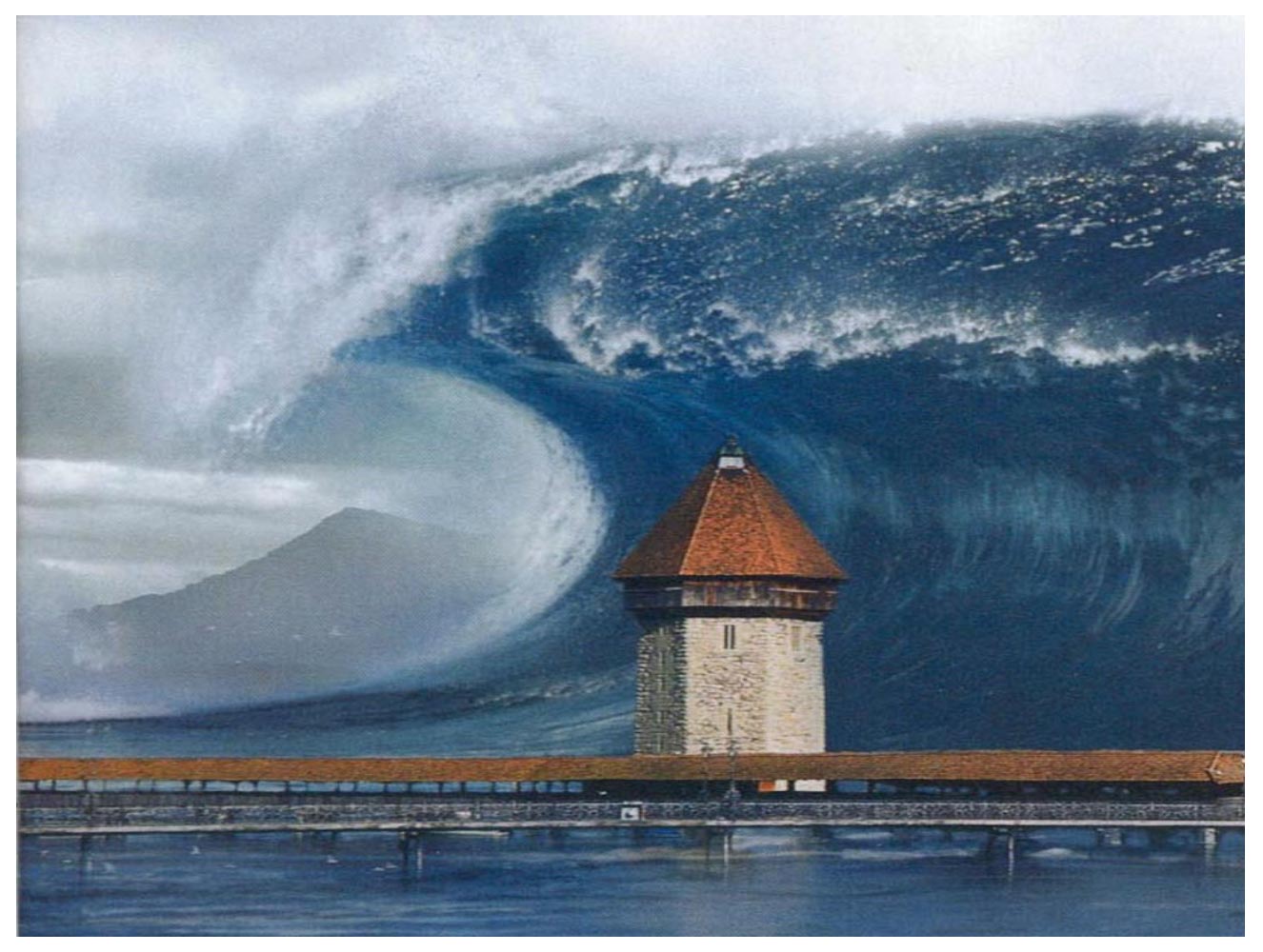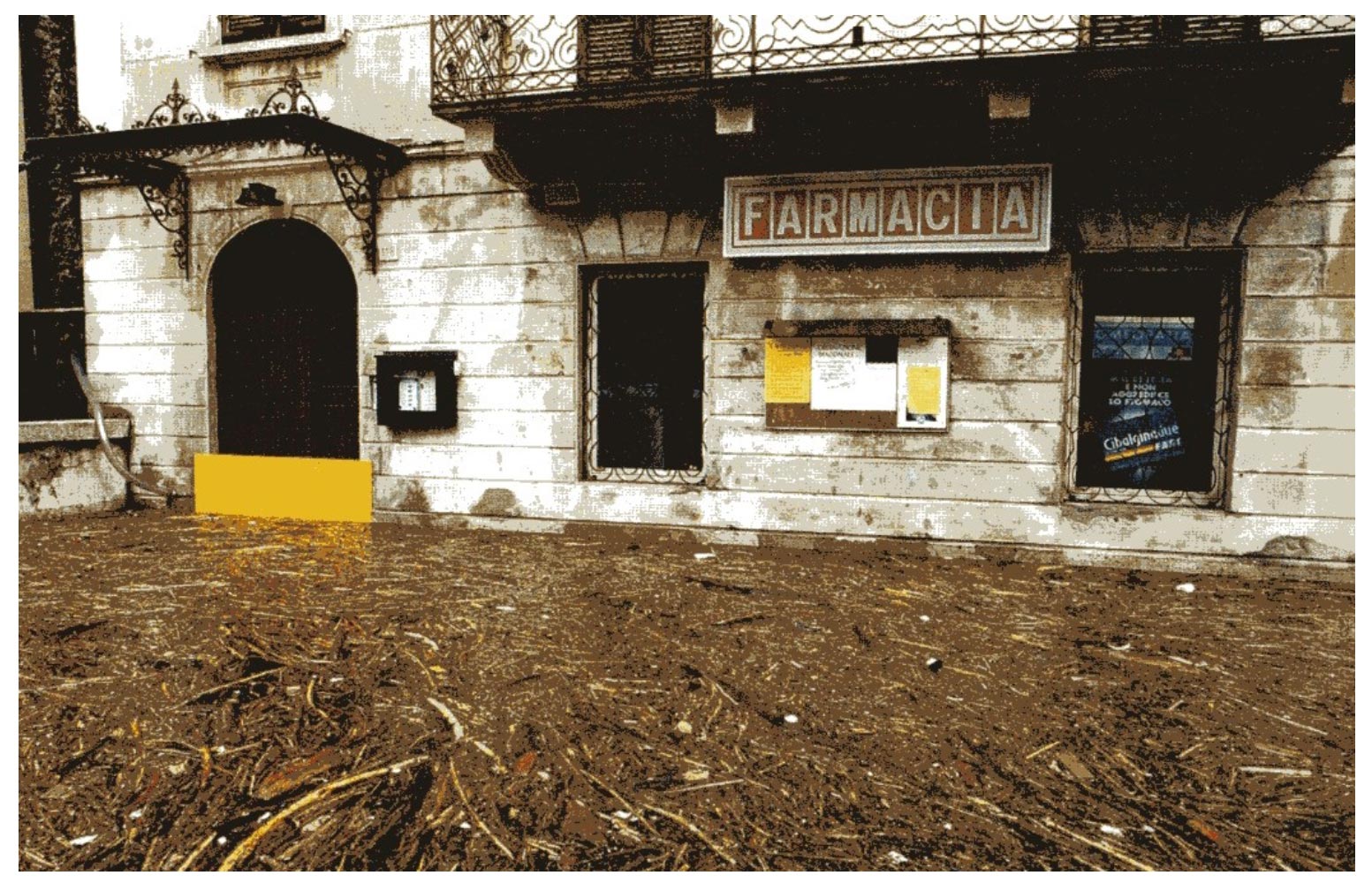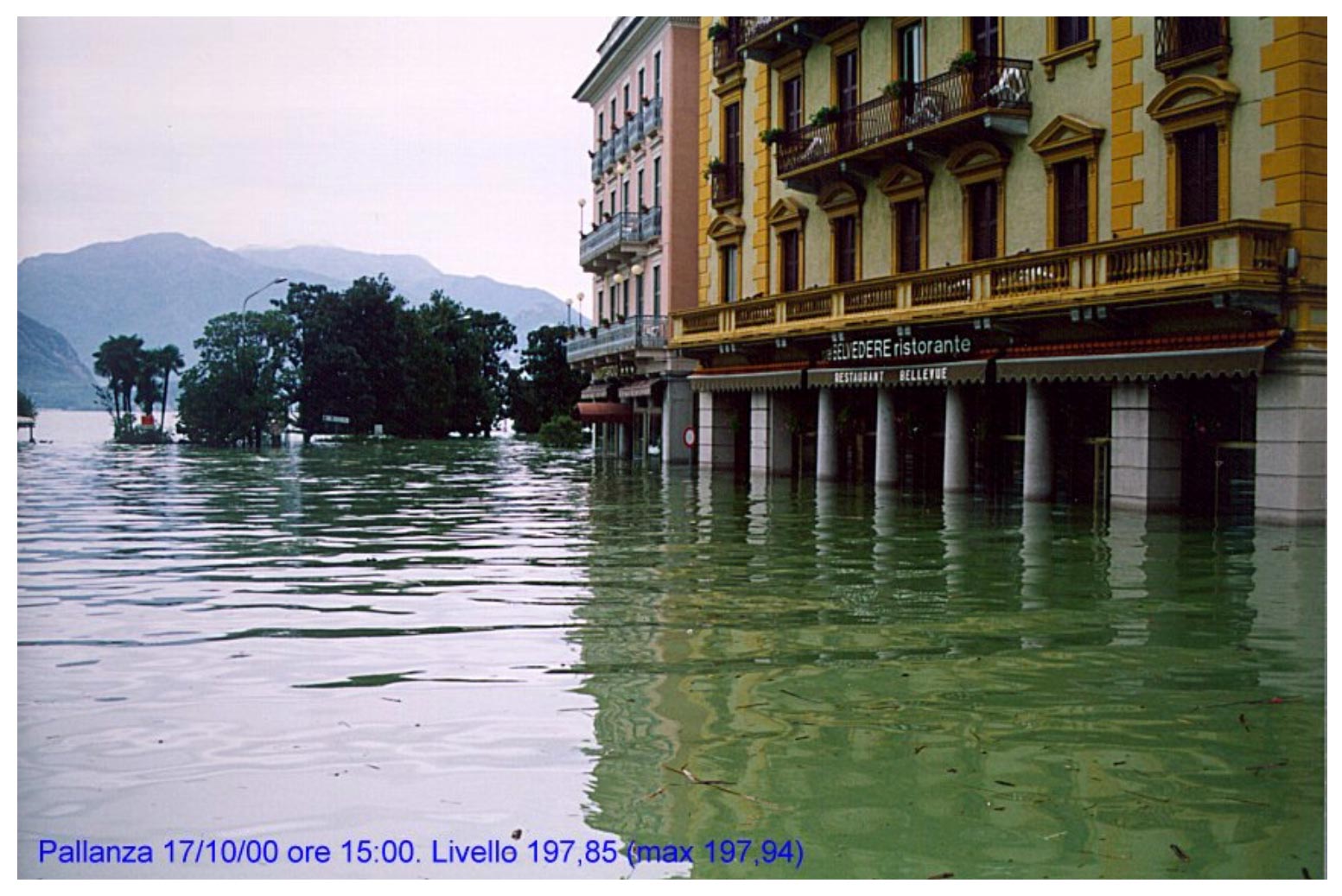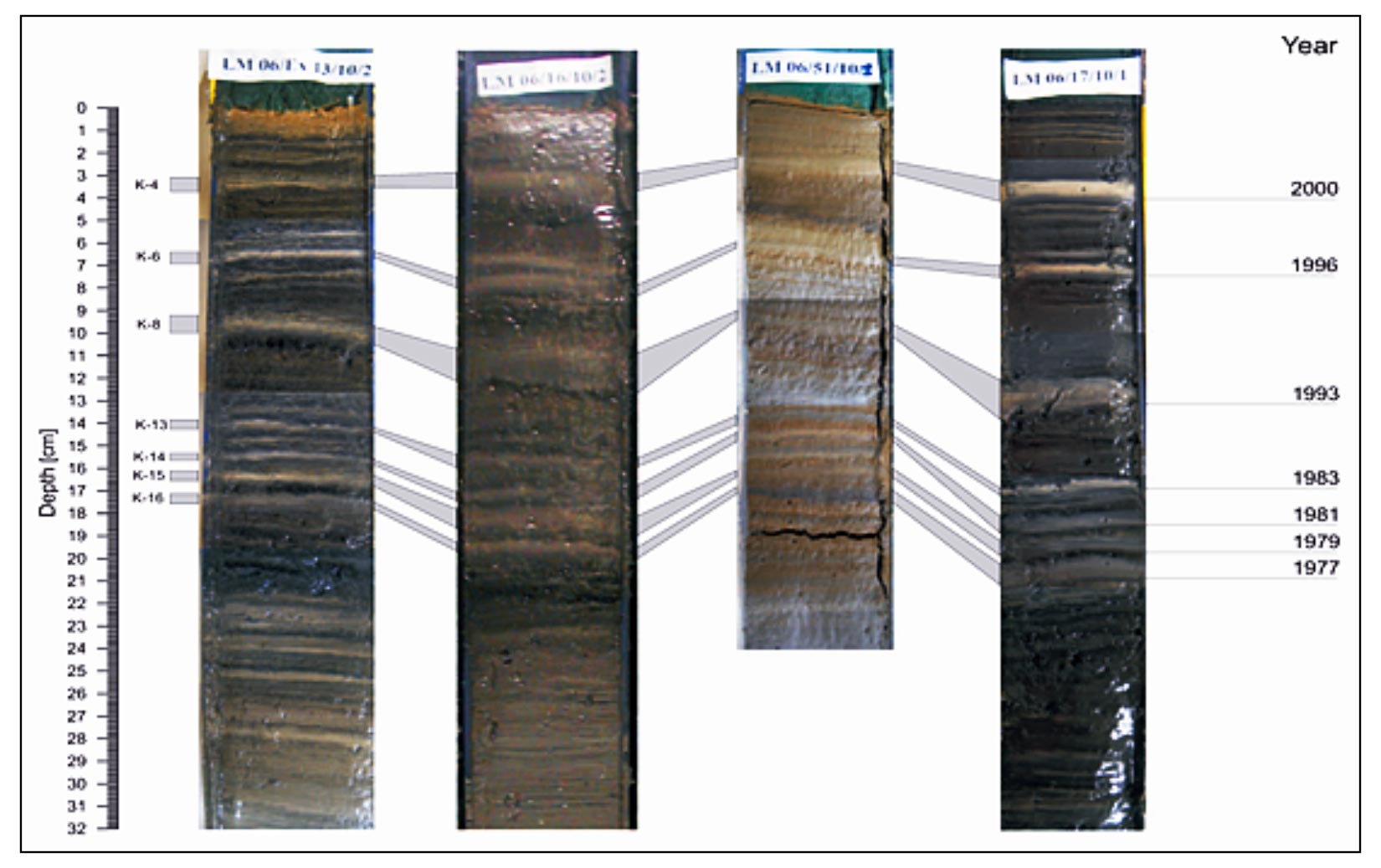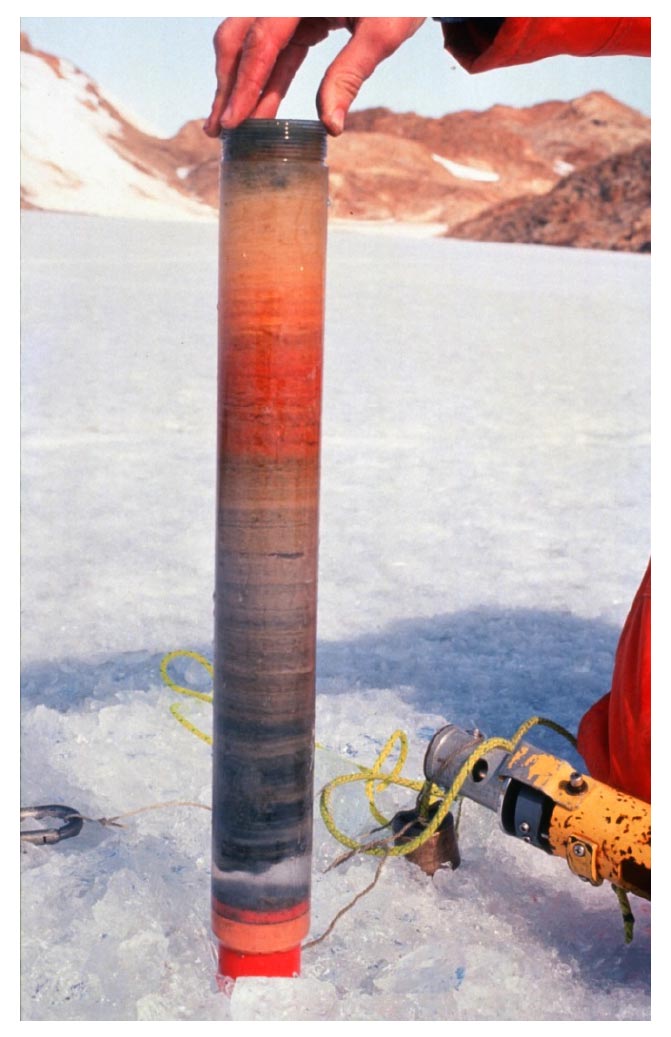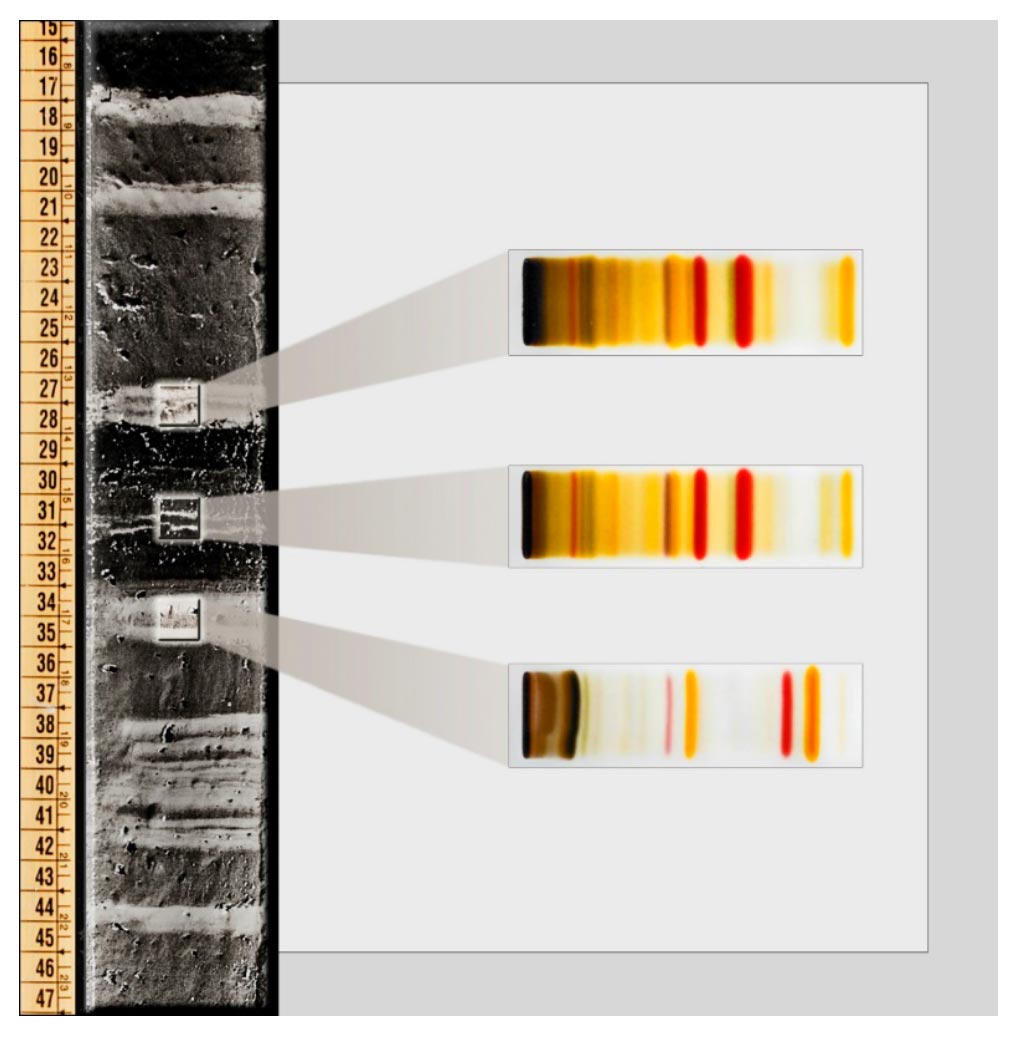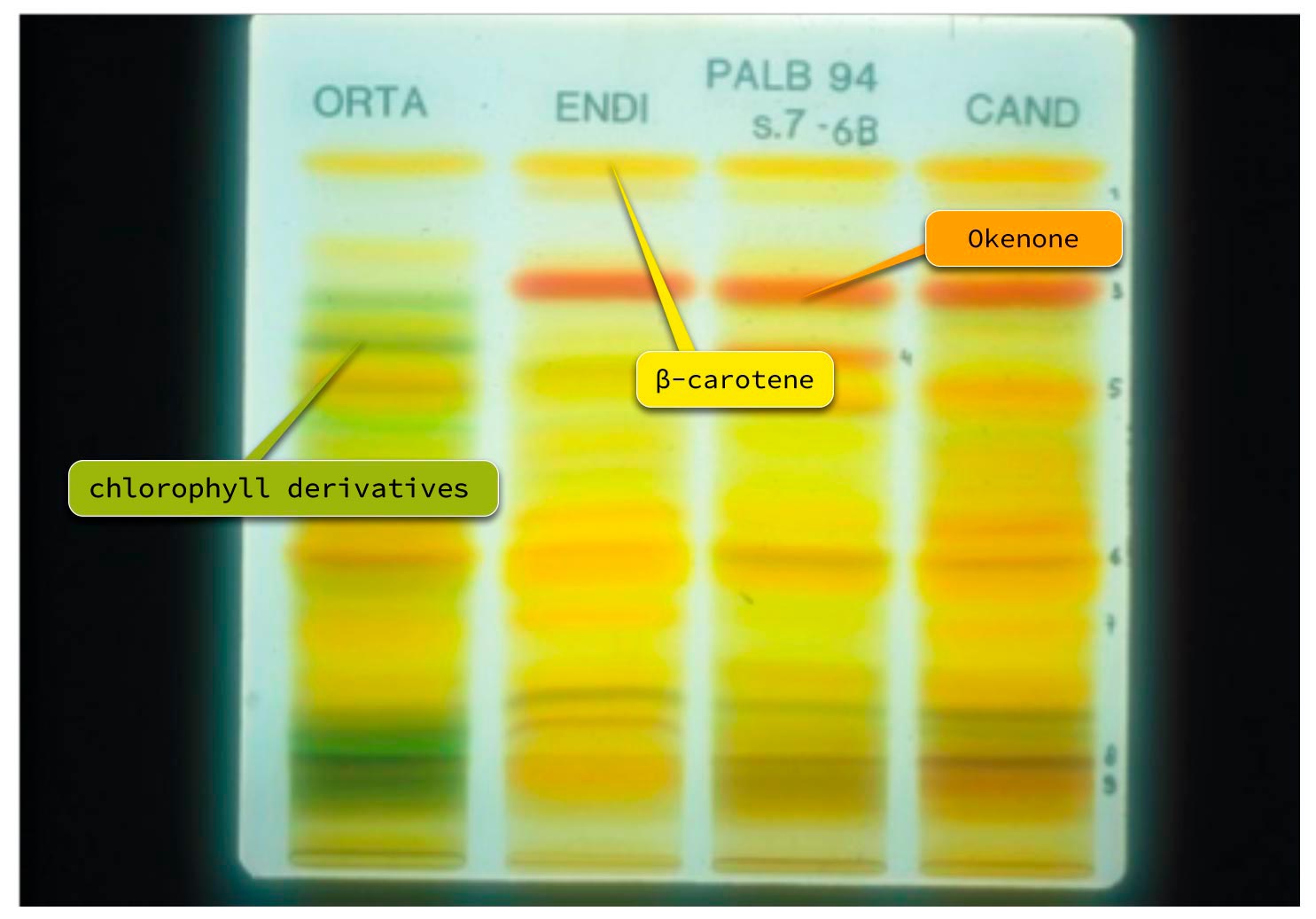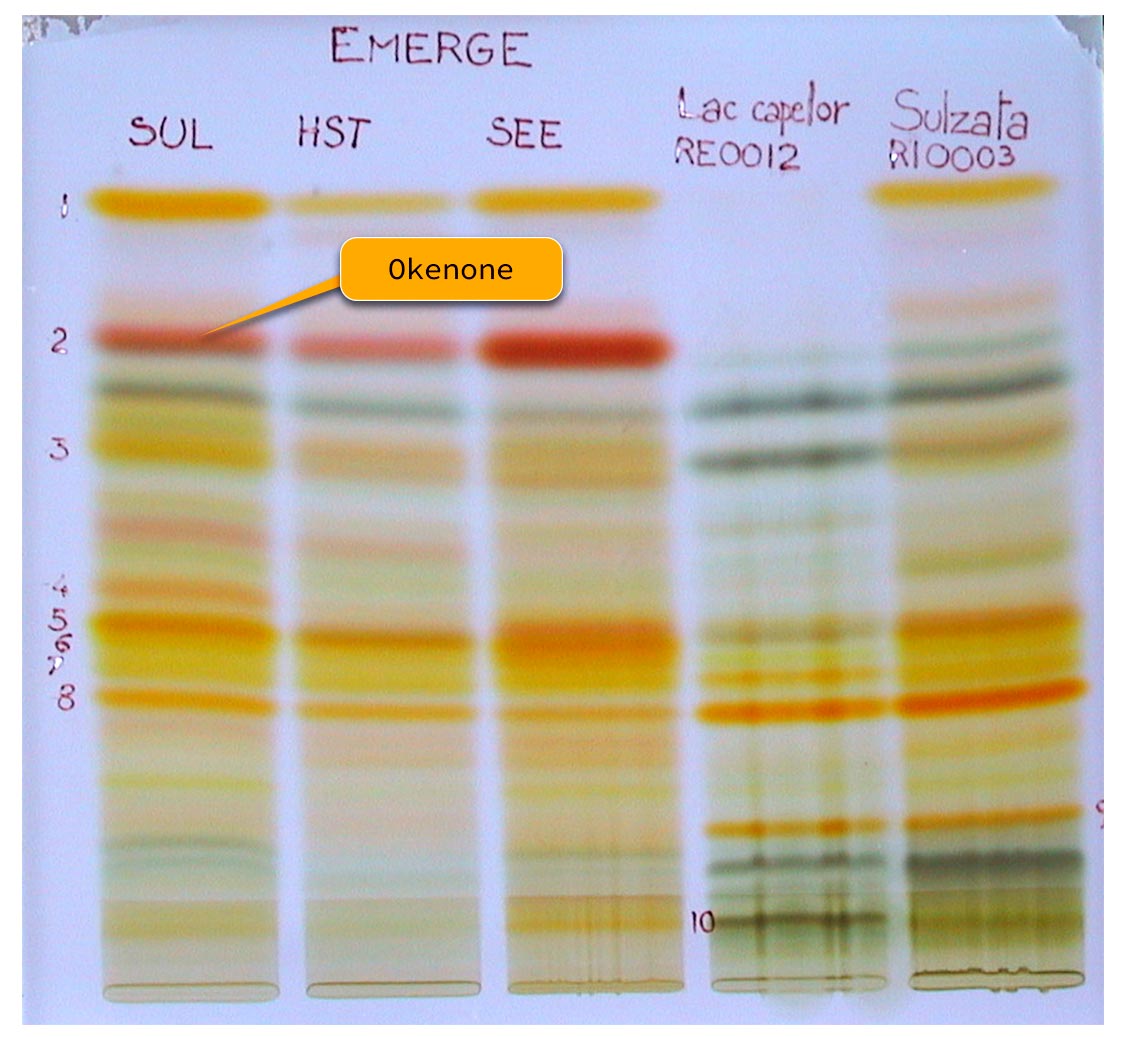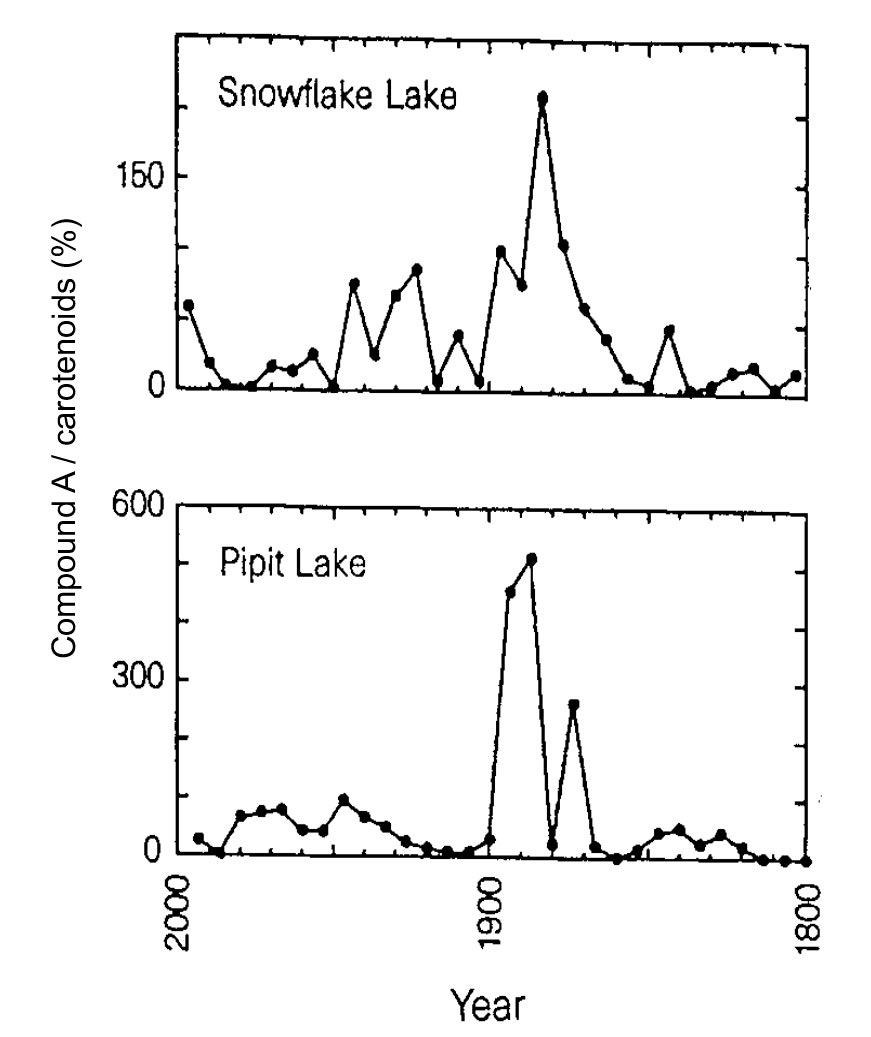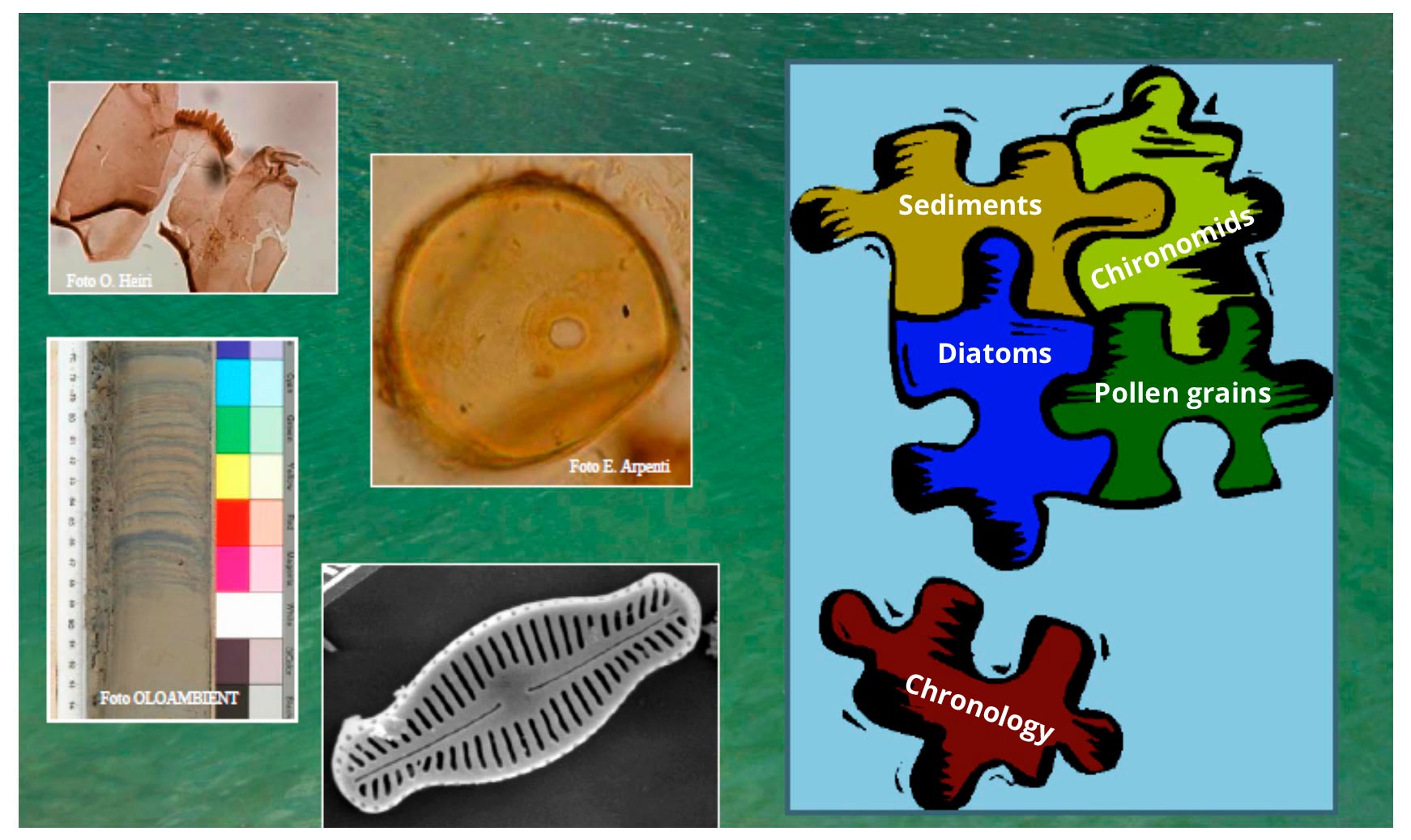

How can we reconstruct the temporal evolution of a lake?
- 14C (1,000-30,000 years)
- U-Th (10,000-40,000 years)
- 137Cs (60 years)
- 210Pb (200 years)
Biological methods
- pollen grains
Physical methods
- Earth’s magnetic field
(100,000 years)
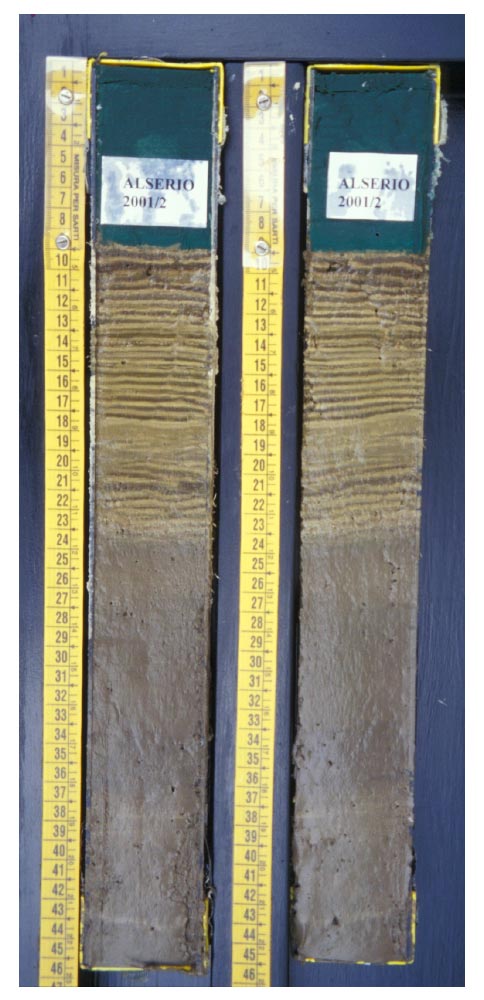
First of all, it is necessary to date the sedimentary layers. There are various methods for dating a sediment: radiometric methods are based on the analysis of isotopes: they can cover different time windows based on their average decay time. Carbon-14 will cover approximately 30,000 years. Uranium-Thorium will represent the period from 10,000 to 40,000 years ago; Lead-210 will serve to represent the past 200 years. The Cesio-137 peak will serve to place in the core the years 1963 (that of the maximum fall-out from nuclear tests) and 1986, the year of the Chernobyl accident. Physical methods use the analysis of variations in the Earth’s magnetic field. Biological, indirect dating methods are based on the analysis of pollen grains.
Finally, a precise chronology can be obtained by counting the varves: as it happens for tree rings, during the year two layers of sediment of different composition and color are deposited in environments where the deposition is undisturbed. The clear layer, mainly mineral, is that deposited in spring summer; the dark one, mainly organic, dates back to the autumn-winter period.
Catastrophic events
Sediments can record catastrophic events such as floods, for example those that have occurred in Lake Maggiore since the historical one of the year 2000.
The flood of Lake Maggiore
In this photo you can see the large quantities of debris transported by the swollen and accumulated rivers near the houses and shops of the town of Verbania.
The image shows how the waters of Lake Maggiore invaded the streets, flooding restaurants and hotels along the lakefront.
Debris layers in the sediments of the Pallanza Bay
Aim of the study

1000 800 600 400 200 0
Extend information on floods to the last 1,000 years
Guilizzoni et. al. 2012
These events are recorded in the sediments as represented here. Alluvial events in past centuries can be reconstructed from the analysis of long cores.
Organic carbon
N, P, CaCO3
Biogenic Silica
Trophic state
Organic carbon
N, P, CaCO3
Biogenic Silica
Trophic state
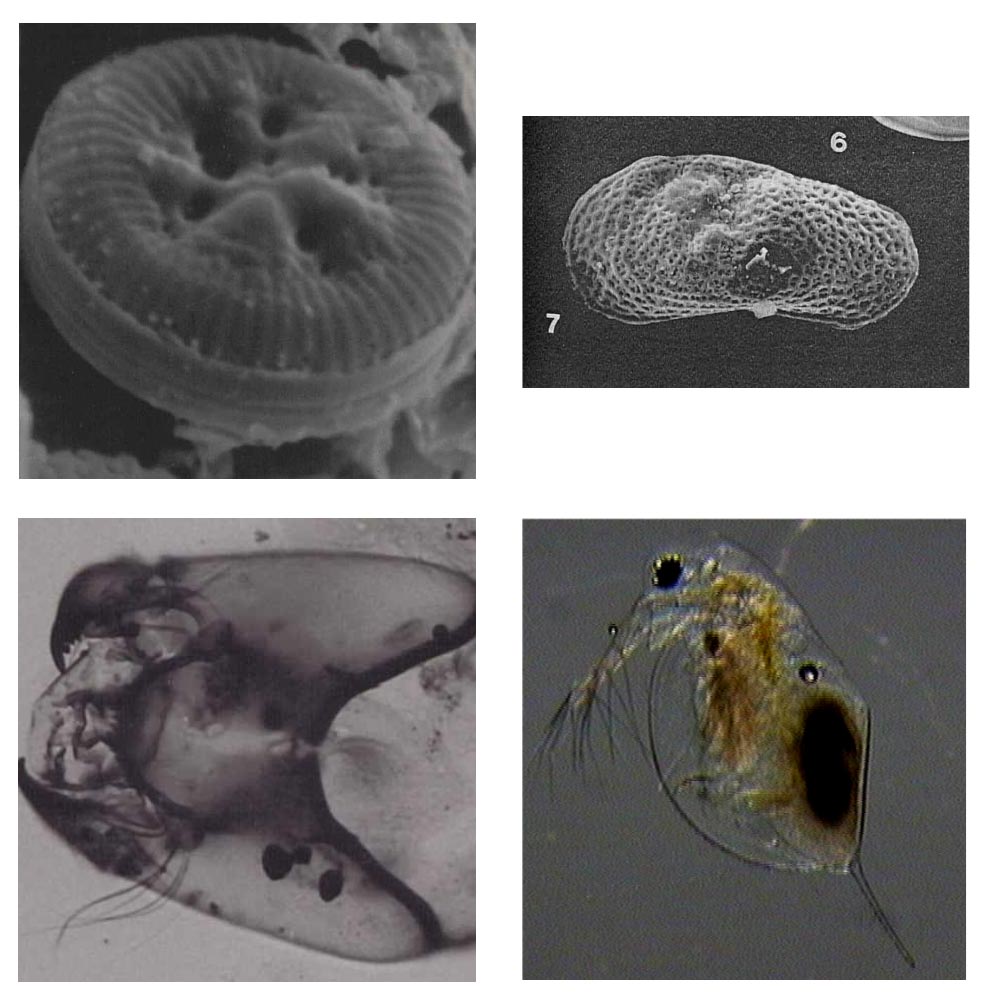
Physical and chemical parameters (Temp., pH, Trophic level, salinity) and biodiversity

Physical and chemical parameters (Temp., pH, Trophic level, salinity) and biodiversity
But how can we, from cores, reconstruct the history of the lake? Different analyses allow US to obtain different information. Analyses are usually carried out on different sections of the core, from the most recent (superficial) to the most ancient (deep) layers: fossil remains of animals and plants, inorganic chemical analyzes (such as that of algal nutrients) and organic, such as that of plant and bacterial pigments. The terrestrial plant remains are used for dating with the 14C method. Other chemical and biological analysis make it possible to reconstruct very important aspects such as, for example: organic carbon, nitrogen, phosphorus, carbonates, biogenic silica and photosynthetic pigments serve, as a whole, to reconstruct the trophic state.
Carotenoids
Molecular taxonomy (e.g. DNA)
Biodiversity
Carotenoids
Molecular taxonomy (e.g. DNA)
Biodiversity
Soot particles
Trace metals (Cu, Cr, Pb, Hg, …)
POPs (DDT, PCB, PBDE…)
Pollutants
Soot particles
Trace metals (Cu, Cr, Pb, Hg, …)
POPs (DDT, PCB, PBDE…)
Pollutants
Pollen, Oxygen isotope
Climatic reconstruction
Pollen, Oxygen isotope
Climatic reconstruction
It is possible to see the impact of industrialization through the analysis of carbonaceous particles, including carbon spheres released into the atmosphere by the fumes of industrial and heating systems and motor vehicles. At the same time, the concentrations of organic compounds of industrial origin (herbicides and pesticides, persistent in the environment), such as DDT and PCB, can be analyzed. Other pollutants related to human activities, such as trace metals, are analyzed in order to describe the history of pollution in a region. Finally, the regional climate can be reconstructed in detail through the microscopic examination of the pollen grains of tree and herbaceous species, and by the oxygen isotope.
Pollens
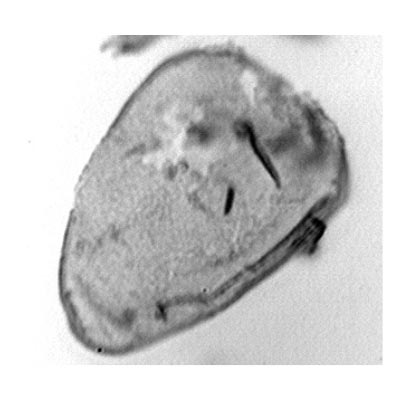
Cyperaceae
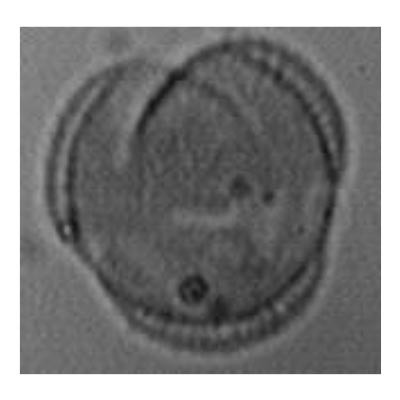
Type Artemisia
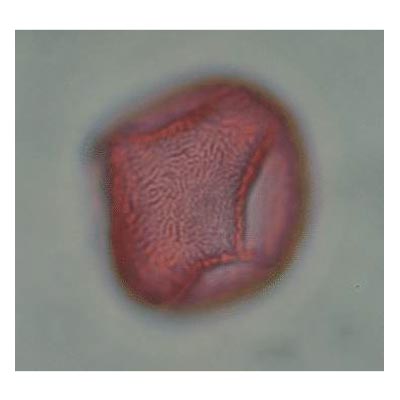
Dryas octopetala
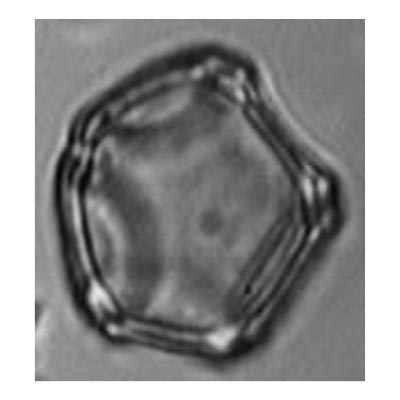
Alnus
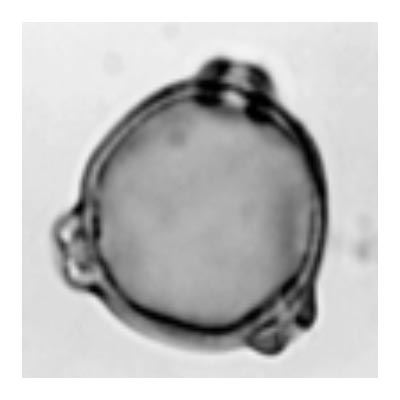
Betula
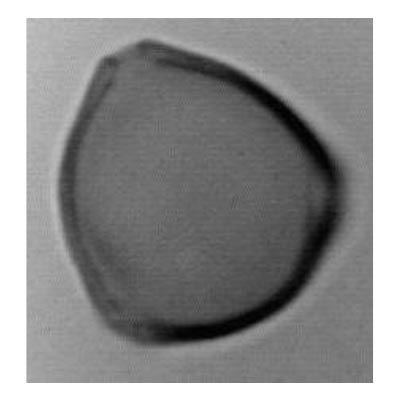
Corylus avellana
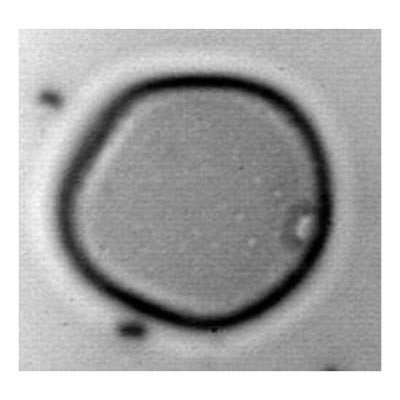
Poaceae
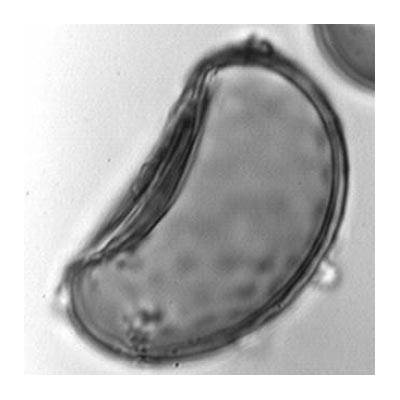
Type Dryopteris
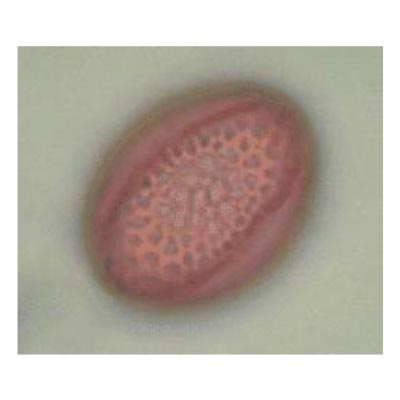
Salix
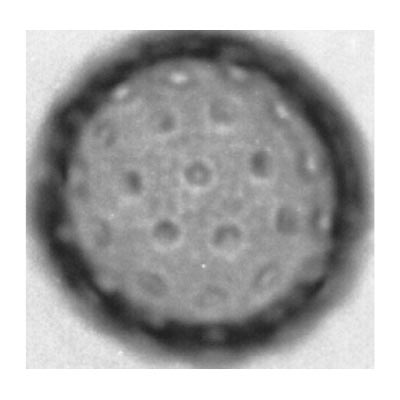
Chenopodiaceae
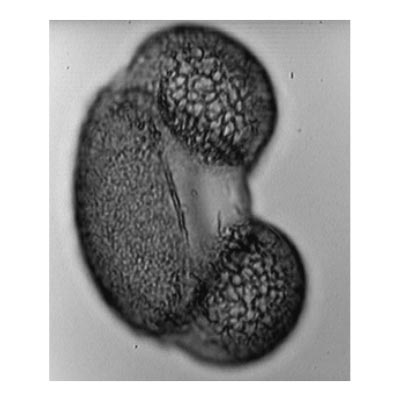
Pinus
- Produced in high quantities
- Very resistant to degradation
- Specific morphology
- Type of plant community
- Climate changes
- Dating
Pollens, very abundant in sediments, allow US to reconstruct various aspects of the conditions of a lake and also to indirectly date the sediments.
About the pigments:
Among biochemical fossils, algal and bacterial pigments are perhaps the most studied. They can also be very abundant and visible to the naked eye, as in the case of this core from an Antarctic lake. Most commonly they are detectable only after extraction with 90% acetone and can be quantitatively analyzed by chromatographic techniques, for example by thin layer chromatography. In the two images in the center and on the right the bands of ß-carotene, chlorophylls, okenone (carotenoid characteristic of anaerobic sulphobacteria) are clearly identifiable.
PIGMENTS ARE PROXY-RECORDS FOR …
Fossil pigments are said to be “proxy records”, i.e. indirect indicators, of: Production and algal biomass, in particular total pigments and ß-carotene; oxygenation conditions: okenone, for example, represents a tracer for anoxia: in essence it is called chemotaxonomy; UV radiation: scytonemin is a tracer for UV radiation. In two Canadian lakes it was possible to reconstruct the increase in UV radiation at the end of the 19th century starting from the variation in the percentage of scytonemin in the total carotenoids; water level fluctuations are inferring starting from the variations in the concentration of alloxanthin, a carotenoid characteristic of planktonic algae; finally, the pigments are also used to reconstruct variations in pH.
The archive to be interpreted: the results of the analyzes as pieces of a puzzle
In conclusion, the numerous types of information collected must be integrated and studied as if it were a puzzle. Only in this way can we have a reliable picture of the temporal variations of the environmental conditions of the lake and its catchment area.

